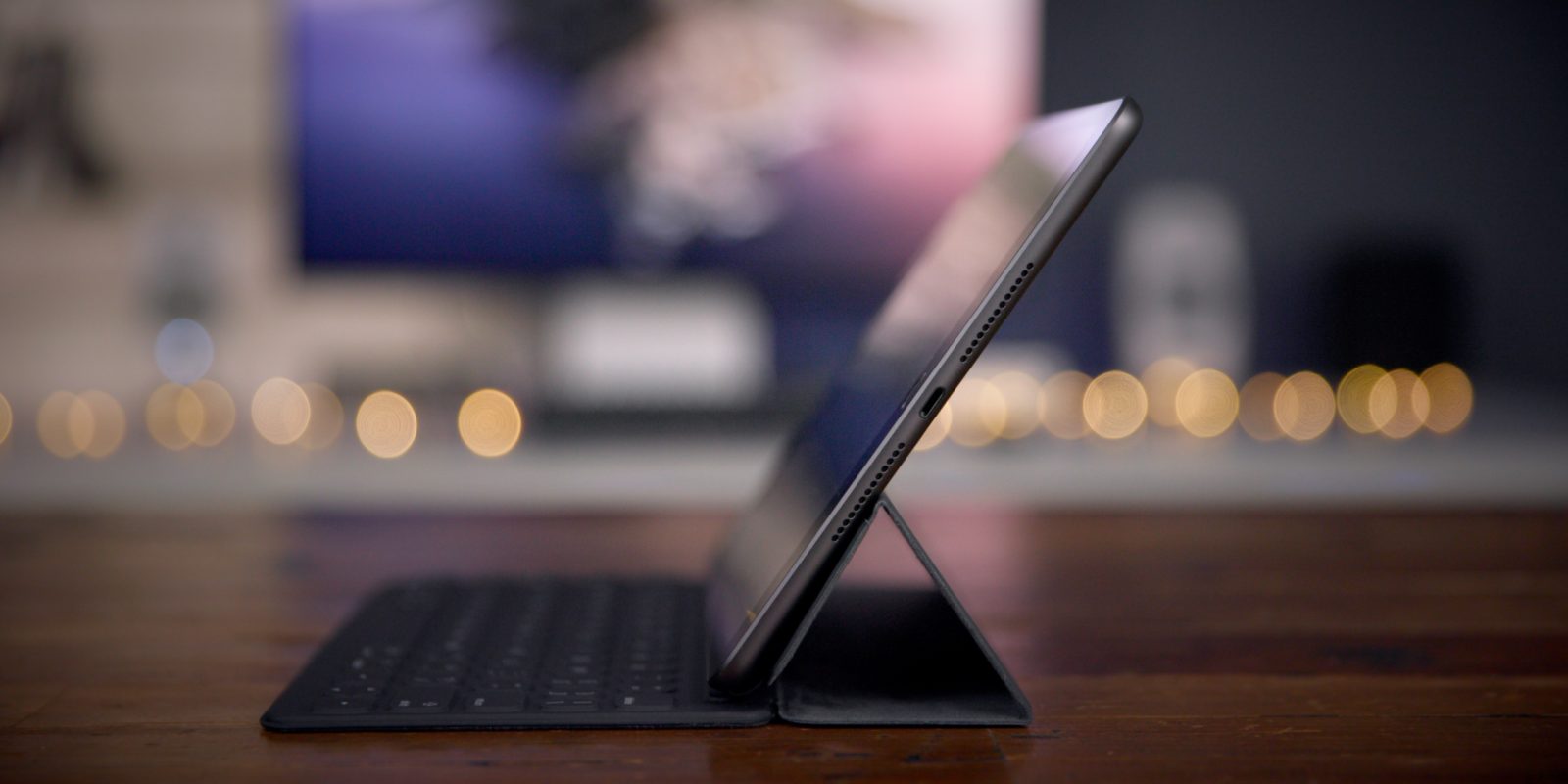
During the past few weeks, we’ve been looking at overhauling a K–12 network, and all that goes into that. While we’ve not covered everything, we have included some essential items like a firewall and Wi-Fi. This week, we will move on to discussing device selection. A lot of your software decisions will be based on your device, so it’s essential to pick the right one. Let’s dive into K-12 device selection.
About Making The Grade: Every other Saturday, Bradley Chambers publishes a new article about Apple in education. He has been managing Apple devices in an education environment since 2009. Through his experience deploying and managing 100s of Macs and 100s of iPads, Bradley will highlight ways in which Apple’s products work at scale, stories from the trenches of IT management, and ways Apple could improve its products for students.
A common mistake with K-12 device selection is picking something without making sure it aligns with your school’s goals. There are three main types of devices to consider. Once you choose a device, you’ll have to decide on the various hardware types on top of accessories, but one thing at a time.
iPad

The iPad has been a staple of many K–12 schools since it was unveiled back in 2010. Even at its original $499 price point, it was a lot less expensive than a Mac but still was comparable to many lower-cost PCs.
Over the years, Apple has made iOS (now iPadOS) on the iPad a lot more powerful. The devices have certainly grown more powerful over the years. Even the $329 iPad ($299 for schools) is plenty powerful for most use cases in K–12. Overall, the iPad hardware is extremely dependable. I am just finishing up a four-year lease of the iPad Air 2, and the only thing we are struggling with in the final months is the lack of ARKit 2 support.
The software on the iPad is where it might fall apart for some schools. Despite recent enhancements, iPadOS is still a struggle in certain use cases. I personally find it faster to work with a trackpad/mouse, so forcing touch-only on the iPad does slow me down a bit (schools aren’t likely to deploy trackpads for all of their iPads). On the other hand, there are countless use cases where it’s easier to use the iPad over a laptop. This article isn’t meant to dive into all the benefits/weaknesses of the iPad, but it’s something to consider as you make your decision. You’ll want to consider what tasks your students will be doing and if the iPad is well suited for it.
One area that the iPad continues to excel is manageability. In the early days of iPad management, a lot of tasks were still manual. In 2020, Apple’s mobile device management APIs have continued to get better year after year.
Chromebook

The Chromebook has become quite popular in K–12 over the past few years. With a wide variety of device options, the Chromebook does have some compelling reasons to pick it. ChromeOS continues to become less of a “web-based OS” and more of an OS powered by the cloud. Web applications have continued to become as fully featured as desktop apps. With many popular apps (Slack, Spotify, etc.) choosing to build on top of technology like Electron over native applications, Chromebooks look even more attractive.
Like with the iPad, you’ll want to start with what your students are doing and determine the usefulness of ChromeOS for that task. The worst thing you can do here is to pick a device, start your rollout, and then discover your critical applications and resources don’t work well with the device you’ve selected.
Laptop
The third device category when looking at K-12 device selection is going to be a traditional laptop. This lineup includes Macs and PCs. While these types of devices are the staple of businesses, they have fallen out of favor in recent years in education due to their cost.
While I still prefer to use a Mac day-to-day, I understand why most schools are hesitant to deploy them in mass. Compared to a Chromebook or an iPad, a Macbook Air is not cheap. The popular Surface laptops are in the same situation. They can easily be $700+ even when purchased in bulk, and that doesn’t include any software, accessories, or extended warranties.
I would say you should probably avoid these devices in K–12 unless you have an apparent reason why you need them. You need to have curriculum goals that an iPad or a Chromebook cannot accomplish. Both the iPad and Chromebook have grown in their functionality in recent years at a fraction of the cost.
Wrap-up on K–12 device selection
So what’s the answer on K-12 device selection? Honestly, it just depends on the technology goals of your schools. There is no one right answer. If you plan to mainly use Google Drive, Google Docs, Gmail, etc, then a Chromebook will be a strong option for you. If you plan to use more creative tools, want a more usable camera (in nature, etc), then the iPad will be a better option for your school. The most important thing to start with your vision in mind and work towards the device that will fit best.
If you have questions or comments on K-12 device selection, I’d love to hear your thoughts in the comments section below. This discussion is one I get asked about a lot at conferences, so it’s something I think about a lot. Picking the wrong device can lead to years of frustration and wasted resources. The critical thing here is to figure out how you want the technology to be used and then test it with the various device options.
FTC: We use income earning auto affiliate links. More.









Comments